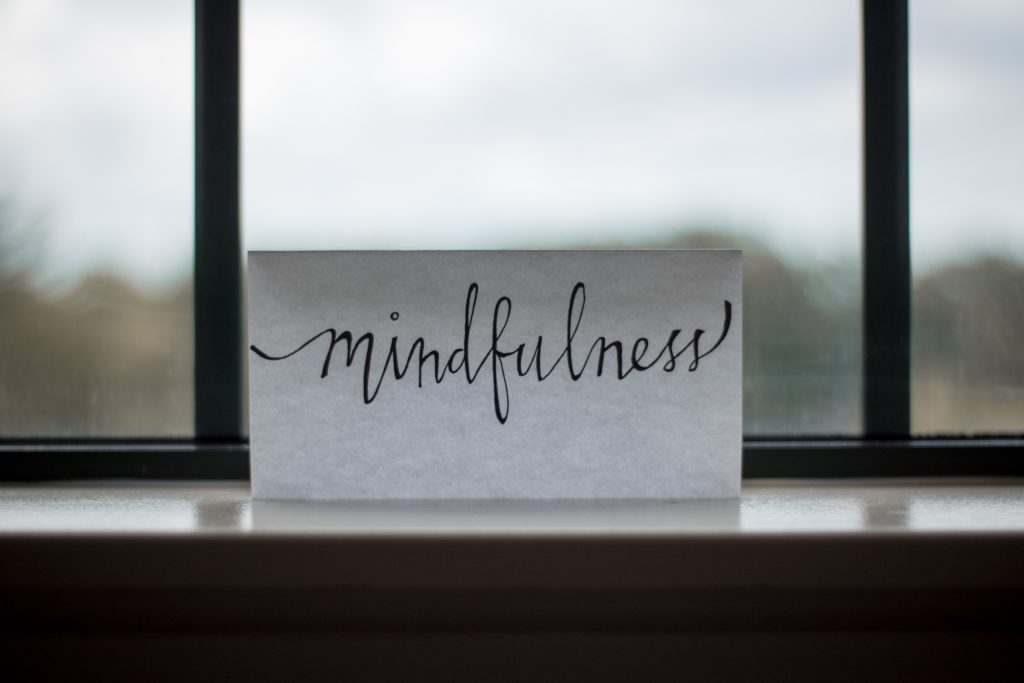A client of mine, who is a doctor, recounted a story where a patient of his came back to his hospital weeks after he had been seen. His patient was irate, feeling my client hadn’t “put the dots together” and therefore didn’t prevent his heart attack.
My client, with decades of experience under his belt, reviewed his patient’s chart and even with the gift of hindsight, concluded that he had given the best possible treatment to his patient at the time.
Despite his logical reassurance, a nagging voice remained in the doctor: “What did I do wrong? What did I miss? Am I an incompetent practitioner? What other clients have I provided poor care for?”
He shared this story to me and described how his inner critic wouldn’t leave him alone. He concluded, “Well, I must not be doing mindfulness right… or I must not be mindful enough.”
I replied that he is practicing mindfulness. But there is more to the story.
Mindfulness Acknowledges What Is
Mindfulness is a powerful tool. It can help us gain a healthy separation between the static of life (both the external and internal worlds) and our responses.
Commonly, just having that separation provides a huge stress relief. We are able to gain a sense of perspective on our lives and recognize what is worth responding to, and what is simply background noise.
Yet we don’t live in a vacuum, and we still have to respond.
The Limits of Mindfulness
Mindfulness is passive. It is simply being aware of what is going on. Taking that approach to the extreme, where all we are is mindful, we would never do anything.
For example, doing nothing after noting “I’m aware that I’m hungry.” will lead us to “I’m aware that I’m starving.” and then to “I’m aware that I’m dying of malnutrition.”
Mindfulness is the first step on a process. It is not the end-all-be-all. We are not meant to be solely passive in our lives. Taking active steps is a key part of our experience.
I’m Mindful… Now What?
Once we are aware of something, we are empowered to make a difference. Mindfulness helps us break the patterns of hyper-reactivity to all sensations to a gentle, thoughtful response to the important sensations.
For my doctor client, I explained that if I were to go to the ER for every single tic, pain, or digestive issue that I ever experienced, I’d be in the ER on a daily basis. Instead, practicing mindfulness lets me be aware of sensations as they happen. I see them come and go.
For the uncomfortable sensations that stay over time, say a knee pain that lasts for a while, mindfulness is only going to let me know it’s there. If I want it to feel better, I am now in charge of taking steps to make that happen.
I offered to my doctor client that he already is mindful since he is aware that his inner critic is loud and present, and it’s not controlling his actions. He is not running around, frantically calling all his old patients to see if they’re okay, nor is he changing how he cares for his current patients. He has a healthy separation from this inner voice.
Practicing mindfulness will not simply have this voice vanish. Now that he is aware of it, he is empowered to take steps for himself to feel better, just as he would be if he had lasting knee pain.
There are dozens of ways he can approach working with this inner nagging irritant. His mindfulness has provided him the freedom to consciously use his will and take steps to help him move in the direction that will bring him lasting peace.




Great advice. So many people believe that mindfulness and meditation practice is meant to turn off the brain and to help them tune out, but it’s about tuning in and paying attention. Mindfulness is the first step.
Great post!